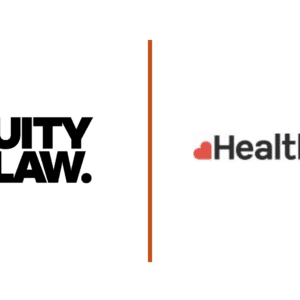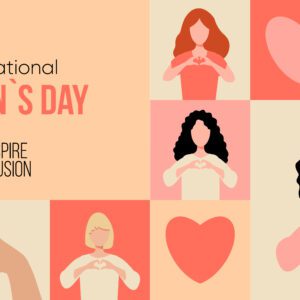Supreme Court gives Uber 1-star as employment claim reaches its final destination
Key Contact: Claire Knowles
Author: Adam McGlynn
For the past few years we have accompanied Uber in their long-haul legal battle to determine the future of ‘worker’ status in the gig economy. During this ride-along, the common gig-economy practice of categorising service providers as self-employed has been challenged, claiming that Uber drivers should be categorised as workers. This would mean entitlement to a host of additional rights including the right to receive the national minimum wage, to be paid annual leave, and to be protected from unlawful deductions to wages. After running up a hefty fare, we have finally been dropped off at the Supreme Court for a decision.
The Crux
The crux of the Uber case was whether Uber drivers are to be regarded as performing services for Uber or whether, as Uber contended, they perform services solely for and under contracts made with passengers through the agency of Uber. Uber submitted that they merely provided technological and payment collection services which facilitated the drivers’ contract with passengers. However, the Supreme Court agreed with the previous findings of the Employment Tribunal, Appeal Tribunal, and Court of Appeal that the drivers are deemed to be workers working for Uber during any period when the driver (a) had the Uber app switched on, (b) was within the territory in which he was authorised to work, and (c) was able and willing to accept assignments.
Looking beyond the contract
Case law has provided that courts can disregard ‘sham’ clauses, which do not accurately reflect the terms agreed, in an employment/consultancy agreement in order to find the truth of the agreement. However, one of the critical points of this case was that, while the courts agreed that statutory protections for workers should apply to the Uber drivers, Uber’s contracts attempted to circumvent this through the use of an agency framework which did not rely on the use of ‘sham’ clauses. In this judgement, though, Lord Leggatt confirmed that the court’s power is to look at the truth of the statutory relationship, not just the truth of the contractual agreement. This allowed the finding that the Uber drivers were workers on the basis of the protective purpose of the statutory legislation, even though the contractual framework used to engage drivers was drafted to circumvent this.
Facts indicative of worker status
In reaching their decision on the statutory status itself, the Supreme Court emphasised five factors, previously highlighted by the Employment Tribunal, which they found were particularly indicative of a worker relationship:
- Remuneration is controlled by Uber including the amount paid to drivers and whether to refund passengers.
- Drivers have no ability to negotiate the terms they contract with Uber on or the terms on which they transport passengers.
- Once the driver is logged into the Uber app they have limited power over their operations, placing them in a position of subordination. For example, the driver is not informed of the intended destination before accepting the fare and Uber can log the driver out if their acceptances or cancellations are unsatisfactory.
- Uber exercise significant control over the service provided to passengers as the cars are vetted, the software is integral, Uber control the information provided to drivers, and drivers are monitored.
- The relationship between the driver and the passenger is restricted to a minimum, preventing the driver from establishing a relationship which benefits their ‘business’ as a driver, which is specifically prohibited by Uber in any event.
Where to next?
Following this judgement, it is expected that Uber will have to make good on backdated worker entitlements including national minimum wage payments and holiday pa, but it is not just Uber who will be dismayed by the finding. Addison Lee are facing a similar case which is currently stayed in the Court of Appeal pending the outcome of this Uber case. Unfortunately for them, it does not take a sat nav to figure out which route that case will now take. Beyond this though, the landmark Uber ruling may open the floodgates to claims throughout gig-economy industries from consultants who may now argue that they have been miscategorised.
Following this judgement, and with IR35 reform around the corner, it has never been a more important time to have a firm understanding on your contractual and employment relationships. If you would like to know more about employment status and/or IR35, our Employment team are here to answer your questions.















